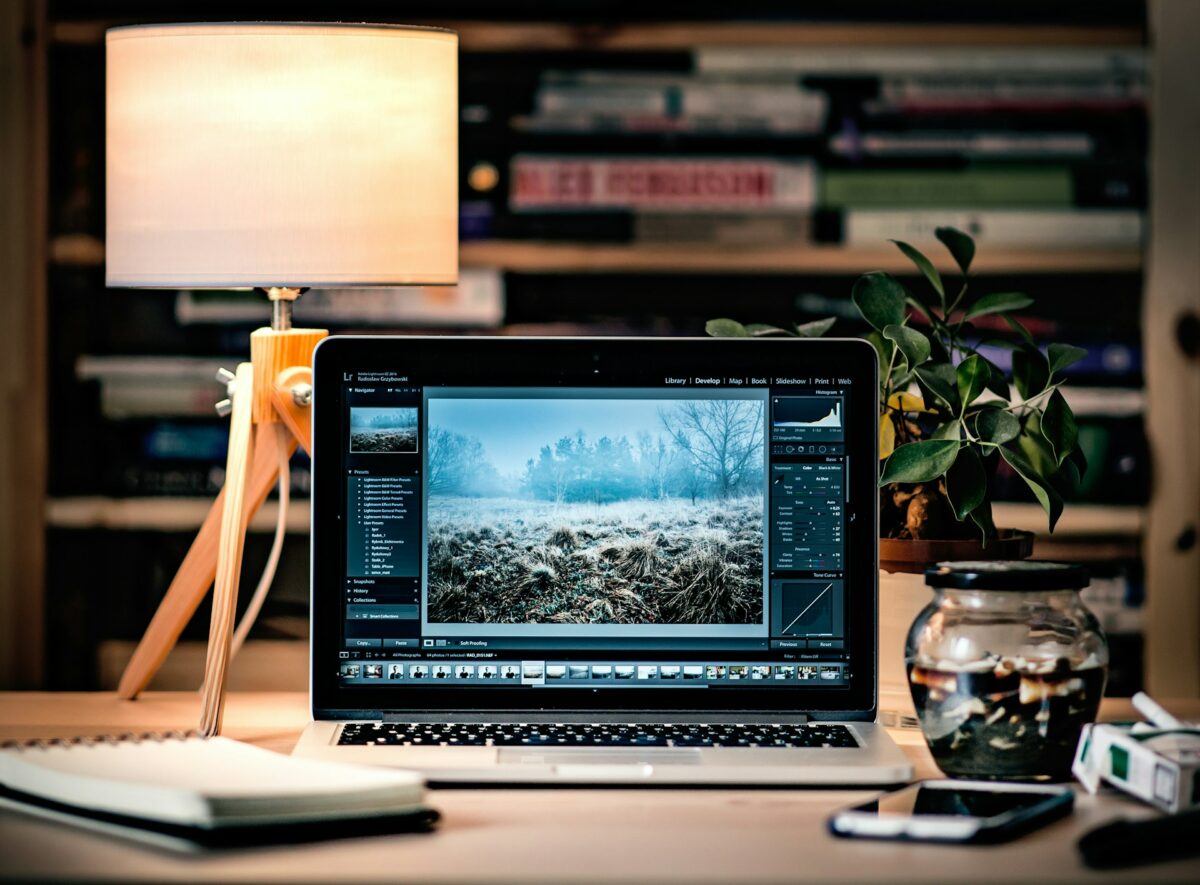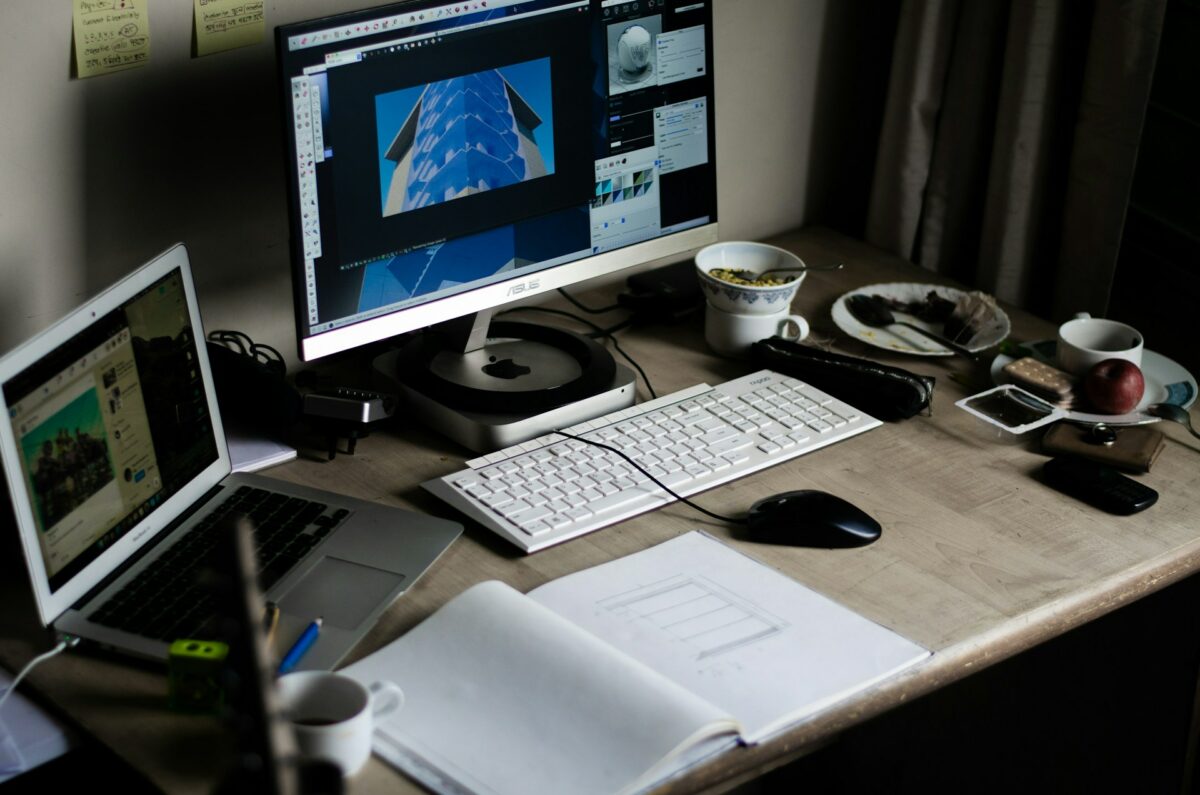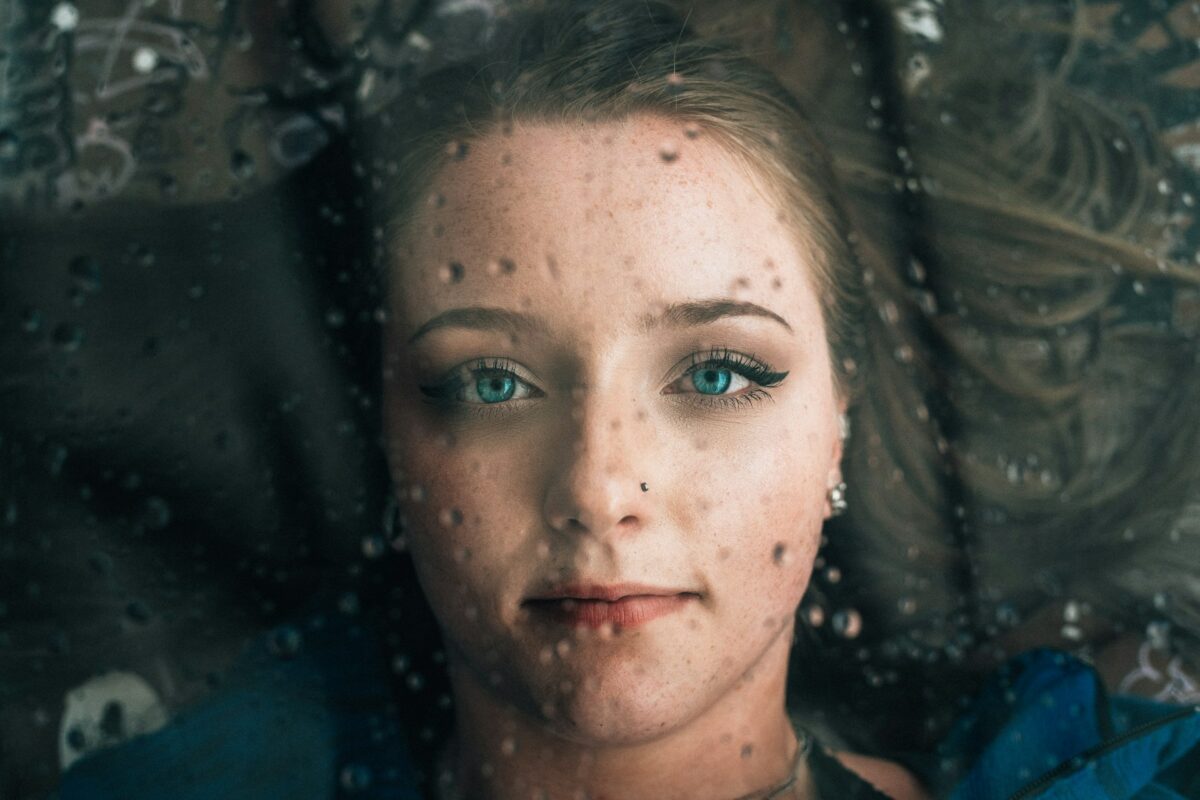Innovative Retouching of the Skin That Does Not Decrease Texture
The ability to achieve flawless skin has long been a distinguishing characteristic of professional photo retouching; yet, the key to success is not in removing flaws but rather in maintaining the authenticity of the subject. The key to achieving true beauty in editing is striking a balance between accentuating what is natural and preserving every little element that gives the face life.
Skin that has been too smoothed seems unnatural and nearly plastic. A texture that is very sharp seems to be rough and abrasive. The ideal outcome is one that is somewhere in the middle, where the skin does not seem smooth but rather realistic and polished yet still human. In this lesson, we will discuss how to create that delicate equilibrium by using sophisticated Photoshop methods that take into account both the tone and the details.
1. Acquiring an Understanding of the True Desire Behind Skin Retouching
The objective of skin retouching is not to alter the look of a person; rather, it is to improve upon the image that was taken by the camera. The objective of professional editors is to eliminate distractions while maintaining the integrity of every pore, shadow, and subtlety that contributes to the contours of the skin.
Think of “believable” rather than “perfect” when you convey your thoughts. In every edit, you should strive to achieve natural light, a tone that is balanced, and genuine texture. When it is done well, no one should ever realize that you have retouched the image; instead, they should see a picture that is brilliantly lit and exudes confidence.
2. Begin with the appropriate image and workflow.
Launch Photoshop and instantly duplicate your background layer by pressing the Ctrl key and the J key (on Windows) or the Command key and the J key (on a Mac). A safety net is created as a result of this, which enables non-destructive editing to take place throughout the process.
The core of your endeavor is a high-resolution photograph that is well-lit. The use of natural light or gentle studio lighting will immediately provide you with a more favorable canvas on which to work. Retouching is not capable of correcting poor lighting; rather, it can only improve what is already there.
If you want to examine the texture, zoom in. Before you begin editing, you will need to have a clear understanding of which parts of the document have helpful information and which parts feature distracting errors.
3. Eliminate any imperfections on the surface
First, you should fix any little distractions that may be present, such as stray hairs, dust stains, or tiny imperfections. When working on a fresh blank layer, apply the Healing Brush Tool or the Spot Healing Brush with the Sample: Current & Below setting selected.
Employ a leisurely pace and often zoom out. Acne spots and flakes are examples of transitory flaws that may be removed and left behind. The client should not be asked to remove permanent traits such as freckles, moles, or birthmarks unless they specifically request that they be removed. They are responsible for the face’s distinctive characteristics and add to the face’s genuine texture.
Rather than painting over the skin that was already there, you should think of this step as the preparation of a flawless foundation.
4. Frequency Separation, the Fundamental Method of Technique
The most effective technique for doing intricate skin treatment is frequency separation, which is used by professionals. It creates two separate layers for your picture, one for tone and color (low frequency), and another for small features like pores (high frequency). Both layers are independent of one another. By doing so, you are able to level out the skin tone without obscuring the texture.
You should make two copies of your cleaned layer and give them the names Low and High. The High layer should be turned off, and the Gaussian Blur filter should be used to the Low layer until the holes disappear but the outlines are apparent. After that, reactivate the High layer and apply Image > Apply Image with the Low layer serving as the source.
Use the Subtract operation with Scale 2 and Offset 128 for pictures with 16 bits, and the Add operation with Scale 2 and Offset 0 for images with 8 bits. Make sure that the blend mode of the High layer is set to Linear Light.
At this point, the photograph should seem to be the same; but, you are now able to work on tone and texture independently, which provides you with more accuracy and control.
5. Bringing the Skin Tone into Balance Through Subtle Blurring
Choose the Low layer, then take the Lasso Tool and carefully choose portions of the face that have an uneven tone, such as the cheekbones or the forehead. When you want to maintain a natural transition, use a feather radius of around 30 pixels.
Apply a Gaussian Blur of two to four pixels after that. Take note of how the blotchiness starts to disappear, although the pores that are caused by your high layer continue to be apparent. Maintaining this precise balance allows the color fluctuation to be smoothed out without diminishing the depth of the skin.
Instead of making a single heavy blur, it is preferable to make multiple little passes that are gradual. At all times, the retouching process should seem slow and unnoticeable.
6. Managing Texture with Accuracy and Refinement
Change to the High layer; here is where your pores and the tiny features of your skin are located. You should use the Clone Stamp Tool with the Current Layer set to 15–25% opacity if you see discrepancies such as rough patches or texture cracks.
Take a copy from surrounding regions that have a similar texture. Make sure to move gently and in the same direction as the natural flow of skin, particularly in the areas around the cheekbones, temples, and forehead. Rather of trying to replace the texture, your objective is to disperse it in an equitable manner.
If done properly, the end product will have the appearance of skin that is exquisitely natural, polished while yet being authentic.
7. As a measure of dimension, dodge and burn
In the absence of light fluctuation, skin does not seem to be living. Following the leveling of tones, the Dodge and Burn technique helps restore three-dimensionality. One of the Curves adjustment layers should be brightened (for Dodge), while the other should be darkened (for Burn). Both of these layers should be masked in black.
If you want to achieve a balance of light, use a soft white brush with a low opacity (about 5–10%) and paint over regions that are bright and sections that are dark.
Enhance the appearance of the shadows beneath the eyes, make the cheekbones more equal, and bring back the natural highlights on the nose or forehead. Through the use of this method, structure and realism are improved without the use of artificial light or texture filters.
8. Adjusting the Contrast and Color of the Image
After you have achieved a balance between the tones and the texture, you may modify the color and temperature by using the Selective Color or Color Balance changes. Keeping natural skin tones neutral helps to prevent the “gray skin” effect that often occurs as a result of extensive editing. Natural skin tones typically fall somewhere between warm reds and mild yellows.
When your picture seems flat, you may restore contrast by applying a slight Curves adjustment; however, you should be careful. It is important that the skin seems soft and dimensional, rather than excessively punchy.
Finally, zoom out and examine the portrait at its regular size to complete the process. Even when seen from a distance, the greatest retouching always seems to be the most convincing.
9. Avoiding the Most Frequent Errors Making Retouching
Impatience and excessive use of tools are the two major factors that lead to the majority of skin retouching mistakes. Refrain from giving in to the temptation of relying on blur filters or plugin effects that promise immediate results. These tend to remove the skin’s natural texture and generate skin that is artificial and “plastic.”
Keep in mind that you should always pay attention to the minute details, check your progress at various zoom settings, and periodically compare your work to the original. Your retouching has to be refined if it seems to be perfect just when zoomed in to 200% but weird when seen in its whole.
This is the ultimate test: your audience should not be able to tell where the edits start or where they finish.
10. Putting the Finishing Touches on Realistic
After you have reached a point of contentment, you should flatten a duplicate of your picture and then apply a light High Pass Sharpen (ranging from one to two pixels) to highlight important characteristics such as the eyes, lips, and hairlines. It is best to refrain from sharpening the skin itself since the texture work you performed before has already done the job organically.
For future revisions, save a PSD version that has all of your layers intact, then export a final JPEG when you are ready to submit the file.
Your finished portrait should have a lively, natural, and easily polished feel to it when it is done correctly. It should seem as if it was recorded in excellent lighting rather than highly altered.
The Art of Succeeding Without Being Noticed
In advanced skin retouching, perfection is not the goal; rather, it is to exercise self-control. The tale of the face should be served by every modification, with the goal of keeping the brightness, individuality, and emotion of the face. Knowing when to quit is the key to success, and it rests in subtlety.
You are not just editing the skin; rather, you are celebrating it when the texture stays true to its original state and the tone seems natural. It is at this point when Photoshop transforms from being a tool into an extension of creative vision.


